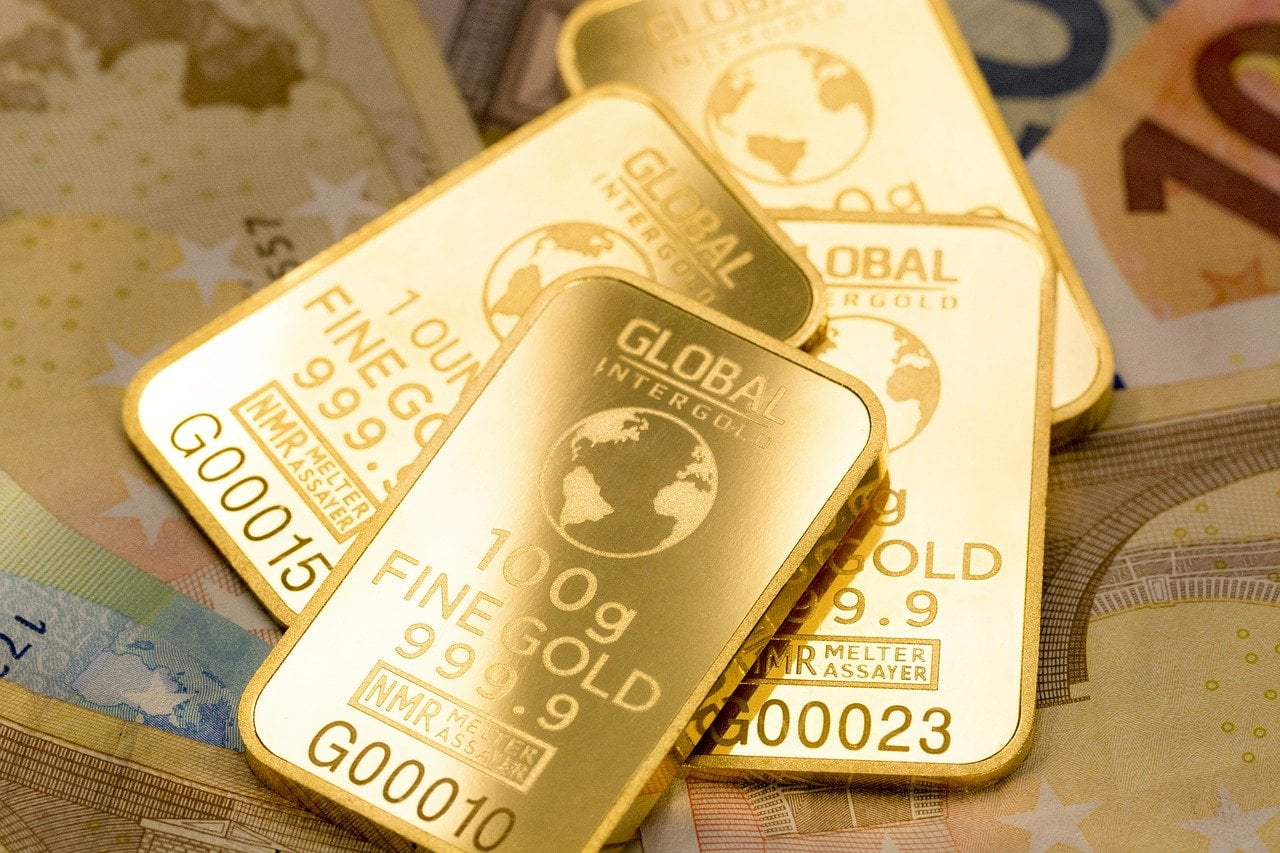Retail investors should learn from countries buying gold’s dip
COLLIN PLUME (NOVEMBER 17, 2022) – Central banks bought a record-breaking 400 tons of gold in the third quarter of 2022, a 300% increase from last year, according to the World Gold Council.
673 tons of gold has been purchased in total this year, the largest quantity in a single year since 1967, when the US Dollar was still fully backed by gold. Why are countries like Turkey, Uzbekistan, and Qatar buying gold at historic levels?
Q3 2022 hedge fund letters, conferences and more
Find A Qualified Financial Advisor
Finding a qualified financial advisor doesn't have to be hard. SmartAsset's free tool matches you with up to 3 fiduciary financial advisors in your area in 5 minutes.
Each advisor has been vetted by SmartAsset and is held to a fiduciary standard to act in your best interests.
If you're ready to be matched with local advisors that can help you achieve your financial goals, get started now.
Central Banks Are Purchasing Gold
It’s because gold's price has been falling for seven straight months in response to the U.S. Federal Reserve artificially raising the value of the dollar and U.S. Treasury yields. Gold is a hedge, meaning it moves in the opposite direction of traditional assets like fiat currency and stocks.
Central banks are buying low, knowing the price of gold is about to go up when the Fed ends its Dollar-strengthening efforts. Part of gold’s appeal is the diversification it offers to central banks (and investors in general), given how vulnerable their respective currencies can be to pronounced volatility.
As quantitative easing proves an increasingly popular policy to combat economic crises in recent years, currencies have been under even more pressure in the face of massive injections into the money supply.
Central banks believe that holding onto assets which increase in value, and spending fiat currency which decreases in value, will ultimately accumulate their nation’s wealth. (Spending fiat currency also stimulates the economy.)
Gold’s durability, scarcity, and finite supply provide central banks with surety and trust during times of uncertainty and market turmoil. Those same characteristics make gold (and other precious metals) an advisable diversification tool for retail investors, too.
In these periods of high inflation, every portfolio ought to include an asset class that is not vulnerable to loss of buying power or low stock prices.
Gold is needed to produce phones (just under $2 worth of gold is in each smartphone), data servers, jewelry, biotechnology, and even oxygen production on Mars; Earth’s shrinking supply of the natural resource means guaranteed growth over time.
One common criticism of gold investment is the lack of yield; you don’t earn anything from gold until you lend or sell it. Gold as an asset class isn’t designed to be high-yield; it’s designed to freeze the value of your asset so its buying power doesn’t degrade to inflation over time.
While central banks hoard huge quantities of physical gold, retail investors have a few options: direct ownership, Gold IRA, or gold stocks. It’s important to note, however, that the prices of many popular gold stocks are affected by gold's spot (per-ounce) price, so their value can artificially increase as the value of the US dollar decreases with inflation.
In other words, the price of a gold stock may not accurately reflect the global value of gold itself. Gold IRA (investing part of a self-directed IRA into gold or other metals) is a popular option among high-level investors, particularly as Roth Gold IRAs, which are taxed upfront on the contribution and not upon liquidation at retirement.
Historically, gold’s bull runs usually occur at the end of recessions and the beginning of recovery periods. In order to beat the “gold rush”, a recession or period of inflation is the best buy time. Billionaires have already taken a lesson from central banks and diversified with gold and silver; the rest of us ought to take notes and invest in a hedge before the price of gold goes back up.













